How Does Bankruptcy Affect Your Job and Future Credit?
Sawin & Shea
JULY 19, 2023
Chapter 7 bankruptcy , or liquidation bankruptcy, allows you to discharge all or most of your debt. Under Chapter 7, most people can keep their home and car, if desired, and receive automatic court protection from creditors. Chapter 7 bankruptcy also stops lawsuits and wage garnishments.

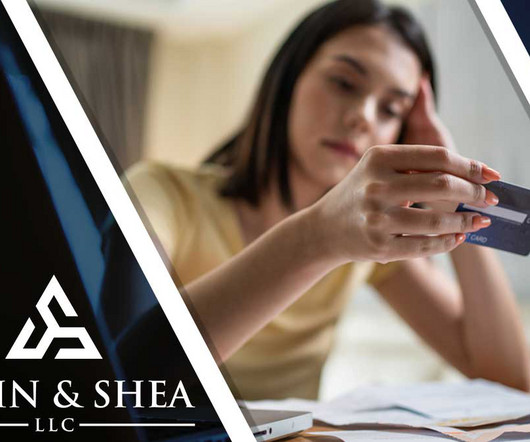
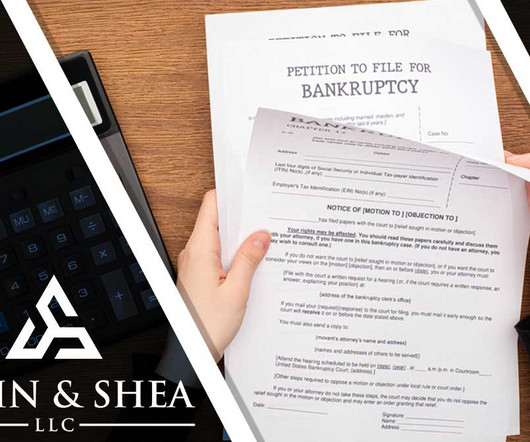

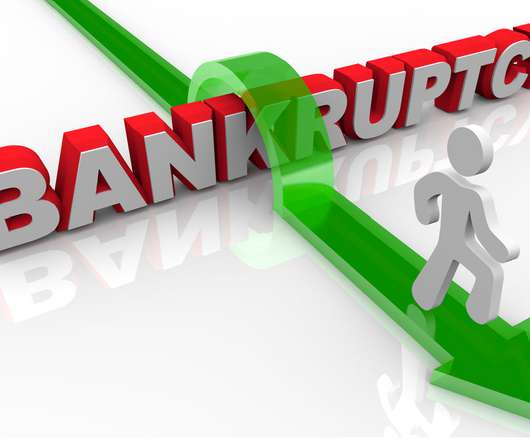
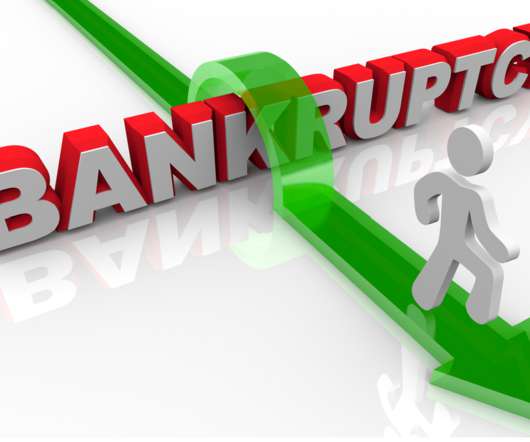
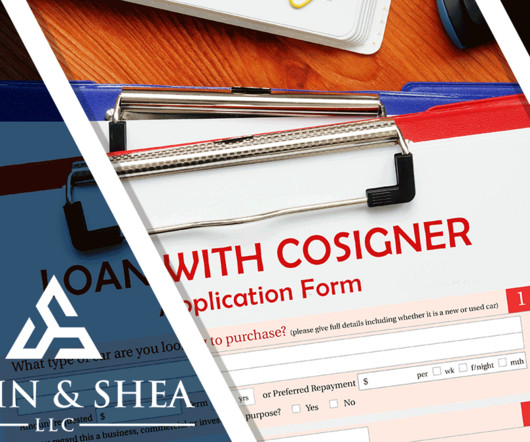


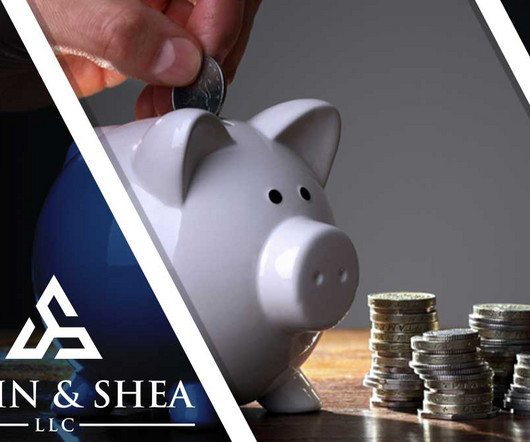
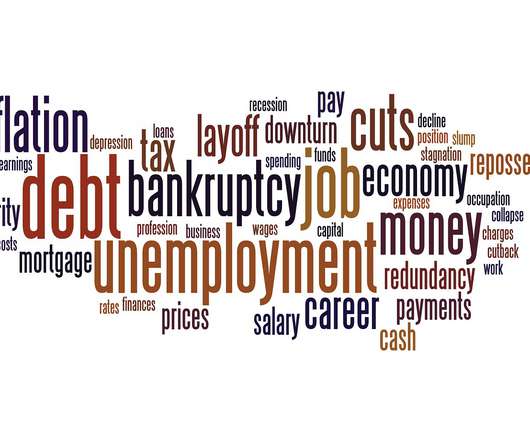
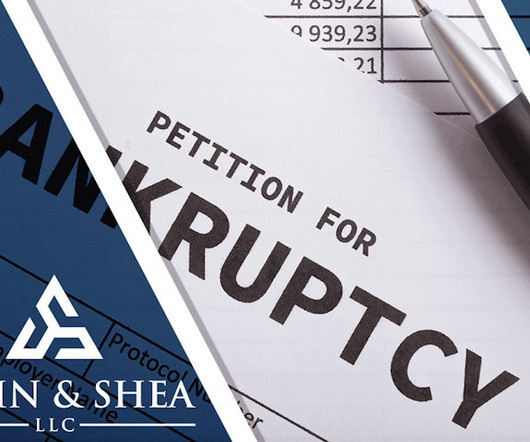

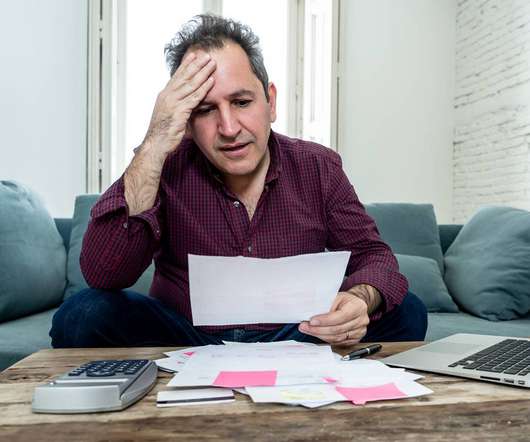
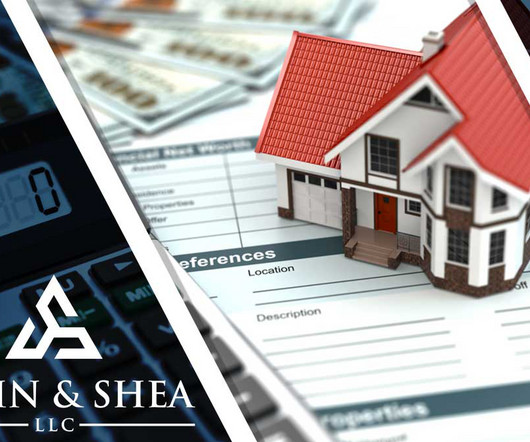







Let's personalize your content